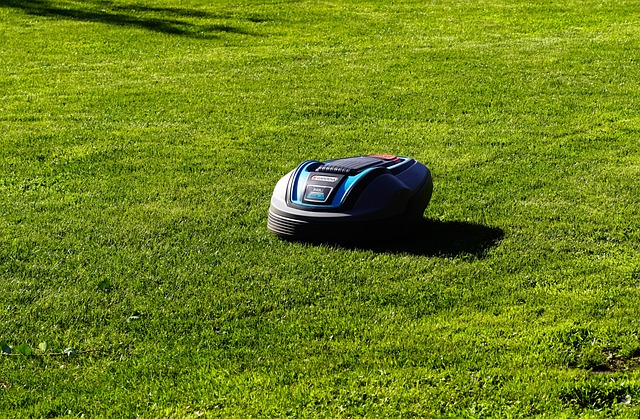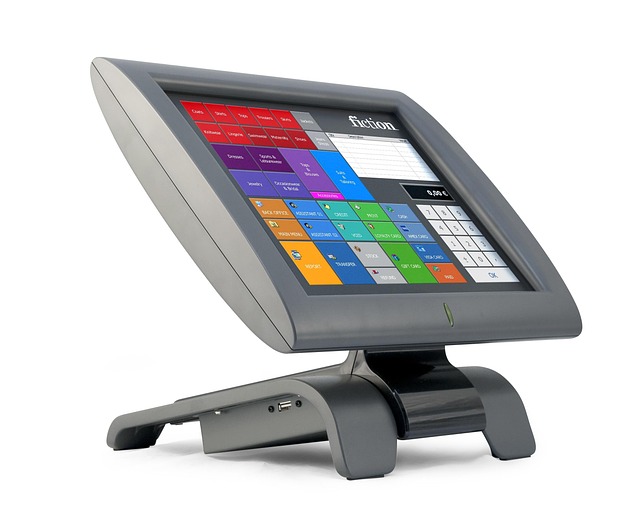Revolutionizing Interaction: The Future of Autonomous Robotic Systems
In a world that is increasingly becoming interconnected through technology, the emergence of autonomous robotic systems marks a significant turning point in how we interact with machines and, in turn, with one another. As these systems evolve, they promise not only to enhance our daily lives but also to redefine the very nature of human-robot interaction.
Imagine walking into your home after a long day, and an intelligent robot greets you at the door, anticipating your needs. This scenario is not as far-fetched as it once seemed. The advancements in artificial intelligence and robotics are paving the way for machines that can comprehend and respond to human emotions, preferences, and behaviors. This level of interaction fosters a sense of companionship and support, making these autonomous robotic systems an integral part of our lives.
The beauty of these systems lies in their ability to learn and adapt. Whether it’s a robotic assistant in a healthcare setting, providing personalized care for the elderly, or a warehouse robot that optimizes supply chain logistics, the customization and responsiveness of these machines create opportunities for deeper, more meaningful interactions. They can understand context, improving communication and reducing misunderstandings that often arise from traditional robotic interfaces.
Moreover, as autonomous robotic systems become more prevalent in educational environments, they are changing the student-teacher dynamic. Robots programmed to assist in the classroom can cater to diverse learning styles, sparking curiosity and encouraging collaboration. This not only enhances the learning experience but also allows educators to focus more on mentorship and less on administrative tasks.
While the benefits are immense, it is essential to approach these innovations with care. The integration of autonomous robotic systems into our lives raises ethical considerations regarding privacy, autonomy, and the potential impact on employment. As we embrace this technology, it is crucial that we prioritize transparency and accountability, ensuring that these systems are designed to enhance human experience rather than replace it.
The interaction between humans and autonomous robotic systems is not merely about programming and algorithms; it’s about forging connections. As these robots evolve to understand and interact with us on a deeper level, they hold the promise of revolutionizing not only industries but also the very fabric of our social interactions. The future is bright, and the path forward is filled with opportunities to create a harmonious coexistence between humans and machines.
As we stand on the brink of this new era, one thing is clear: our interactions with technology will never be the same. The evolution of autonomous robotic systems is set to reshape our realities, offering us a glimpse into a world where collaboration with intelligent machines is the norm, not the exception.



